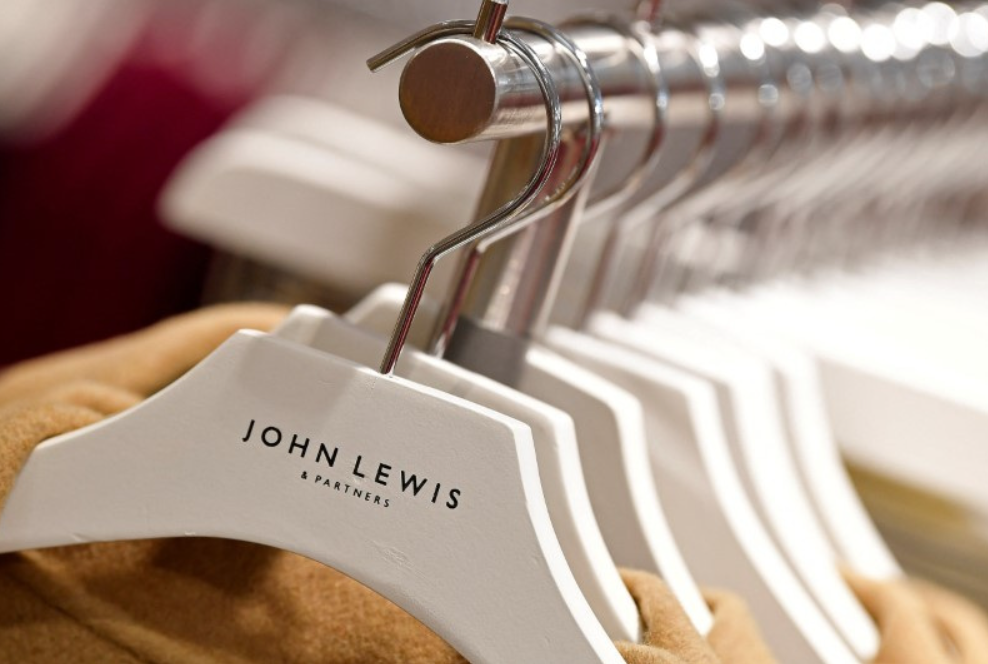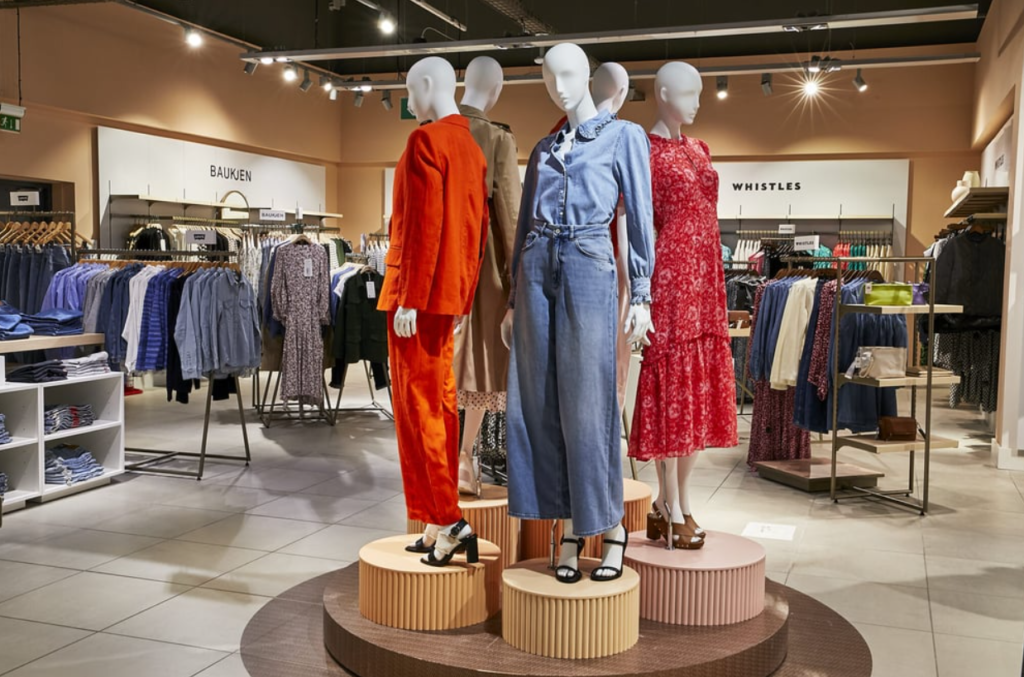A Tale of Retail Revival: John Lewis Partnership’s Return to Profitability
After suffering losses last year, the John Lewis Partnership has made a stunning comeback, reporting a substantial profit for the 52 weeks ending in late January. Despite the difficult market conditions, this retail behemoth—which includes both Waitrose supermarkets and John Lewis department stores—has proven to be resilient.
Notable Financial Aspects
After suffering a loss of £78 million the year before, the business turned a profit of £42 million before taxes and extraordinary items. An even more astounding £290 million improvement from the previous year was achieved in profit before tax, which amounted to £56 million (not including one-off items).
A respectable 1.2 percentage point gain was observed in operating profit margins over this time. The increased margin was critical in getting the firm back to profitability, even if Partnership sales only increased by 1% to £12.4 billion.
Revenue Growth and Financial Stability
The John Lewis Partnership’s entire customer base reached an astounding 22.6 million, thanks to an extra million customers gained over the year. Both the John Lewis and Waitrose brands continue to be popular, as shown by this increase in patronage.
The strengthening of the company’s cash situation is also significant. The increase in overall liquidity to £1.7 billion was accompanied by a doubling of net cash generated from operating activities to £433 million. Given its distinctive mutual ownership structure, in which employees (referred to as Partners) own the company, this financial flexibility is very important for John Lewis Partnership.
Investment Opportunities and Perks for Partners
Spending plans for the next year are £542 million, a substantial increase from £312 million in 2023/24, made possible by the faster investment made possible by the improved performance. Despite forgoing a bonus this year, the firm is putting its money toward increasing Partner compensation and enhancing the company’s overall performance.
Story of Waitrose’s Success
The partnership’s grocery store business, Waitrose, saw revenues rise 5% to £7.7 billion. Considering how cutthroat the grocery industry is, this rise is all the more remarkable. The fact that Waitrose has grown its customer base for eight straight quarters is evidence of its strong and devoted clientele.
Opportunities and Threats Facing John Lewis
Sales for the department store giant John Lewis fell 4% to £4.8 billion as a result of more difficult circumstances. Despite this general downturn, there were some positive aspects. The brand’s sustained relevance and reach were highlighted by increase in fashion and beauty sales and a record-breaking 13.4 million customers for the chain.
John Lewis increased their profit margin even as sales fell. Improved gross margins and supply chain and store efficiency contributed to a £13 million increase in the chain’s trade operating profit to £689 million, compared to the previous year.
Technology and the Satisfaction of Customers
In response to shoppers’ ever-changing tastes, John Lewis debuted more than 170 new brands in 2017. There was a meteoric rise in the number of appointments for the company’s personal styling services, which included fashion, home, and nursery consultations.
With 53% of consumers now making purchases online, digital transformation is clearly an important area of concern. Particularly noteworthy is the rise of the John Lewis app as a sales channel.

Plans for the Future
Future investments by the John Lewis Partnership will focus on bringing the company’s technology up to date, giving the stores a facelift, and improving efficiency. Regarding the John Lewis brand in particular, there are plans to introduce over 80 new brands, reinvigorate the Home category, improve visual merchandising in-store, and improve the online shopping experience with better navigation and tailored product suggestions.
Embracing New Horizons Outside of Retail
The John Lewis Partnership views the company’s forays into financial services and build-to-let houses as key growth drivers, despite criticism from some who regard them as a deviation from the company’s main retail focus. With the launch of the Partnership Card, which attracted more than 97,000 new users in 2023–24, revenue from financial services products increased by 15%.
As an indication of a long-term approach to asset management, the corporation sees the conversion of retail properties into residential houses as a plan to enhance its balance sheet.
In summary
Chairman Sharon White has praised the John Lewis Partnership for their “significant progress” and stated that the company’s plan is effective. But she did admit that, with the retail industry changing at a rapid pace, there is “much more to do”
A major turning point for the John Lewis Partnership has been achieved with this return to profitability. Success in the future will likely depend on the company’s dedication to innovation, customer service, and employee ownership as it adjusts to shifting consumer patterns and market conditions.








